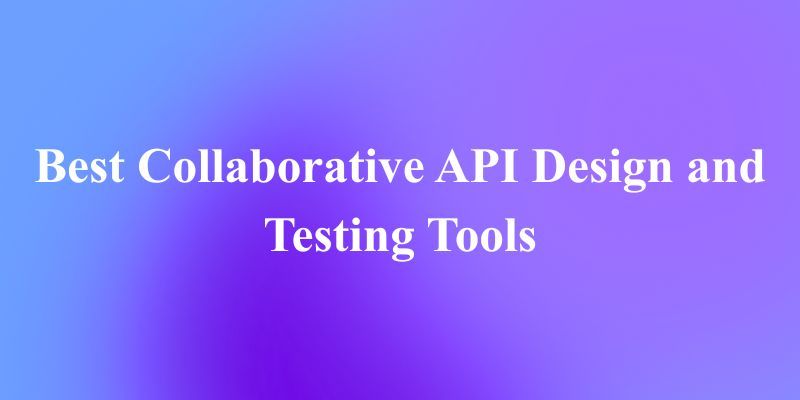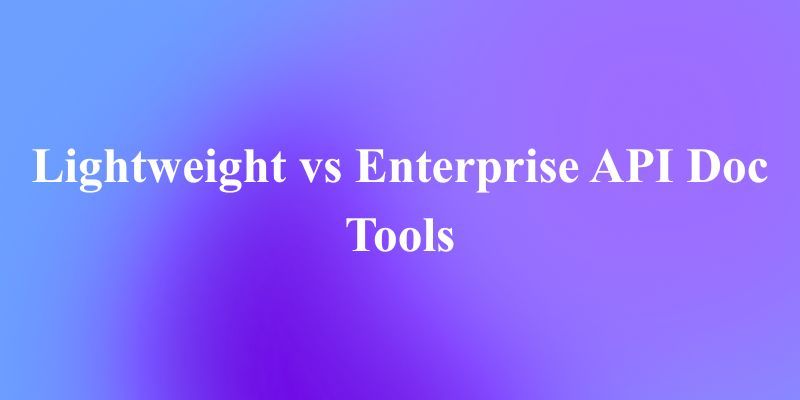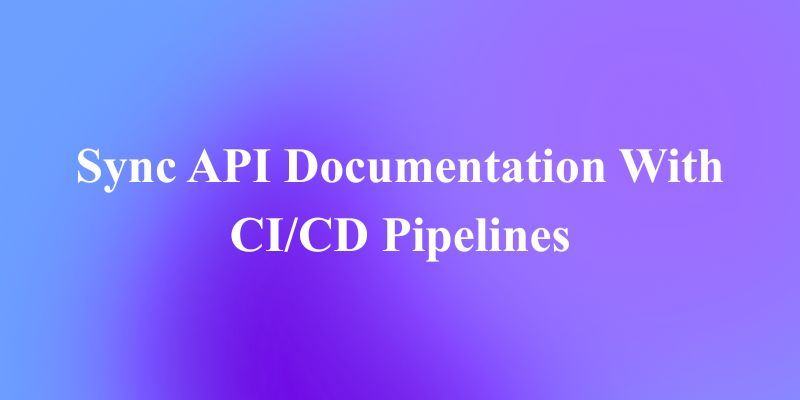If you've ever been part of a global software team, you already know how chaotic API collaboration can get. Different time zones, multiple versions of an API spec floating around, inconsistent testing environments, and everyone’s favorite broken mock servers. That’s exactly why having the right collaborative API design and testing tool matters more than ever.
The right collaborative API platform can transform this mess into a smooth, efficient process where frontend, backend, and QA teams work together seamlessly, regardless of their physical location.
Now, let's explore the top 10 tools that are helping global teams collaborate effectively on API development.
Why Global Teams Need Collaborative API Tools
In 2025, almost every engineering organization is distributed. Your backend engineers might be in San Francisco, your frontend team in Berlin, your QA engineers in Bangalore, and your DevOps specialists spread across two continents. That’s great for talent diversity but challenging for API collaboration.
Here are a few pain points global teams face:
- Version drift: Different API specs across teams
- Unclear ownership: Who updated what?
- Testing delays: People waiting on backend availability
- Inconsistent environments: Dev, QA, and staging rarely match
- Unshared mock servers: One person’s mock differs from another’s
- Time zone friction: Hard to sync live updates
A solid collaborative tool eliminates these problems by creating a single source of truth, accessible anywhere, anytime.
What Makes an API Tool "Collaborative"?
Before ranking tools, let’s define what “collaboration” really means for global API teams. A truly collaborative API platform should support:
Real-time Multi-user Editing
Like Google Docs but for API specs.
Cloud Access with Role Management
So the whole team can view, review, and test.
API Version Control
To prevent chaos when API changes occur.
Shared Testing Environments
Global teams need consistent testing URLs and credentials.
Mock Servers (Cloud + Local)
To unblock frontend and QA teams before backend is ready.
Discussion, Comments, and Reviews
Feedback loops inside the tool.
Integration with CI/CD
Because every change affects downstream systems.
API Testing and Debugging UX
Teams should not switch tools just to test endpoints.
With that foundation, let’s look at the top tools that actually deliver.
1. Apidog: The All-in-One Collaborative Powerhouse for API Development

Apidog stands out as a comprehensive solution that brings together API design, mocking, testing, debugging and documentation in a single, team-friendly platform.
What makes it great for global teams:
- Real-time Collaboration: Multiple team members can work on the same API project simultaneously, with changes syncing instantly across the team.
- Role-Based Access Control: Fine-grained permissions ensure that developers, testers, and product managers have appropriate access levels.
- Integrated Workflow: The design-first approach means everyone works from the same API contract, reducing misunderstandings between frontend and backend teams.
- Automatic Documentation: Documentation stays in sync with your API design, eliminating the common problem of outdated docs.
- Powerful Testing Environment: Create and share testing scenarios that everyone can run, with results visible to the entire team.
Best for: Teams looking for an all-in-one solution that eliminates the need to juggle multiple tools while maintaining strong collaboration features.
Pro tip: Apidog essentially combines the functionalities of Postman, SwaggerHub, Stoplight, and mock server tools into one unified platform.
2. Postman: The API Collaboration Veteran
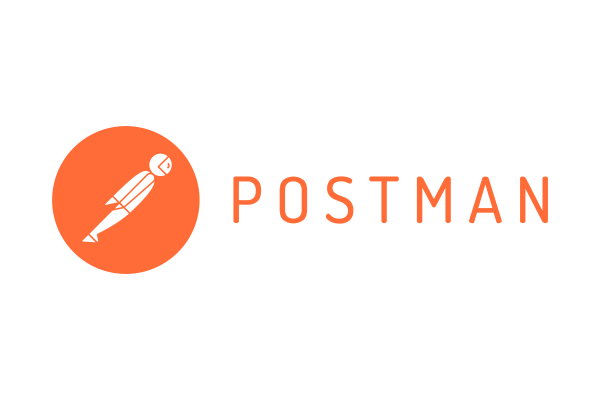
Postman needs little introduction it's been the go-to API tool for millions of developers. Its collaboration features have evolved significantly over the years.
Collaboration strengths:
- Workspaces: Create dedicated spaces for different projects or teams, with controlled access and visibility.
- Collection Sharing: Easily share API collections with team members, complete with environments and test scripts.
- Commenting and Feedback: Team members can leave comments directly on API requests and collections.
- Version Control: Track changes to your collections and roll back if needed.
Considerations: While powerful, the free version has limitations on collaboration features, and the interface can feel complex for non-technical team members.
Best for: Established teams already invested in the Postman ecosystem who need robust testing and monitoring capabilities.
However, Postman is stronger in testing than in API design. Document modeling is limited compared to Apidog or Stoplight, and some features are gated behind paid plans.
Works great for medium-sized teams, but enterprises often need more control and on-premise hosting.
3. SwaggerHub: The Design-First Collaboration Platform
Built around the OpenAPI Specification, SwaggerHub focuses on API design and documentation with strong collaboration at its core.
Team-friendly features:
- Standardized Design: Ensures all team members follow the same API design standards and conventions.
- Domains and Reusability: Create reusable components that can be shared across multiple APIs and teams.
- Review and Approval Workflows: Formalize the API design review process with built-in workflows.
- Multi-region Syncing: For truly global teams, SwaggerHub can sync across different geographic regions for better performance.
Best for: Organizations committed to the OpenAPI standard and design-first development methodology.
But its testing and mocking capabilities are limited. Global teams often pair SwaggerHub with Postman or custom tools adding complexity.
4. Stoplight: Visual API Design Collaboration

Stoplight takes a visual approach to API design, making it accessible to technical and non-technical team members alike.
Collaboration highlights:
- Visual Design Editor: Create API designs using a intuitive visual editor rather than writing raw YAML.
- Style Guides: Enforce API design standards across your organization with automated linting.
- Git Integration: Native Git integration means your API designs can follow the same workflow as your code.
- Mock Servers: Generate realistic mock APIs instantly from your designs, allowing parallel development.
Best for: Teams with mixed technical backgrounds who want to involve product managers and other stakeholders in the API design process.
However, its built-in testing features are minimal. So teams often need additional tools.
5. Insomnia: The Developer-Focused Collaborator

Insomnia has gained popularity for its clean interface and strong focus on the developer experience, with collaboration features that are both powerful and intuitive.
Team collaboration features:
- Design and Test in One Place: Switch seamlessly between API design and testing without context switching.
- Plugin System: Extend functionality with plugins created by the community.
- Code Generation: Generate client code from your API designs in multiple programming languages.
- Git Sync: Keep your API designs in sync with your codebase through Git integration.
Best for: Development teams that prioritize clean UX and want a tool that grows with their workflow.
Because it’s now part of Kong, Insomnia integrates well with API gateways. Great for developers, but collaborative features are lighter than Apidog or Postman.
6. Bruno: The Open-Source Alternative
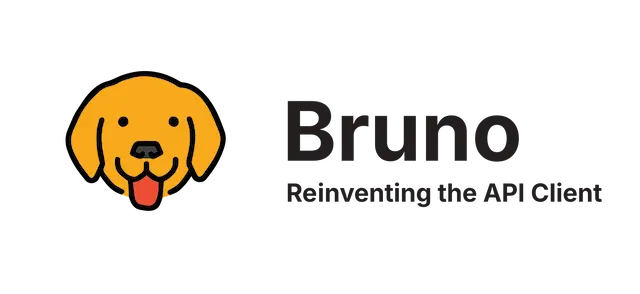
Bruno is a relatively new player that's gaining attention for its open-source approach and innovative take on API collaboration.
Collaboration advantages:
- No Vendor Lock-in: As an open-source tool, you have full control over your data and workflow.
- Plain Text Storage: Stores your API collections in plain text files, making them easy to version control with Git.
- Offline-First: Work on your APIs even without an internet connection, with sync when you're back online.
- Customizable: Being open-source means you can customize the tool to fit your team's specific needs.
Best for: Teams that value open-source philosophy and want to avoid subscription-based SaaS tools.
7. Hoppscotch: The Web-Based Collaborator

Hoppscotch takes a different approach by being entirely web-based, eliminating the need for installations and updates across your team.
Collaboration benefits:
- Zero Installation: Team members can start collaborating immediately without downloading any software.
- Real-time Sharing: Share API requests and collections with a simple link.
- Team Workspaces: Organize your APIs into team workspaces with appropriate access controls.
- Always Updated: Since it's web-based, everyone always has the latest version without manual updates.
Best for: Teams that prefer web-based tools and want to minimize setup and maintenance overhead.
It’s not as fully-featured as Apidog or Postman, but global teams that value simplicity love it.
8. HTTPie: The CLI-Loving Collaborator
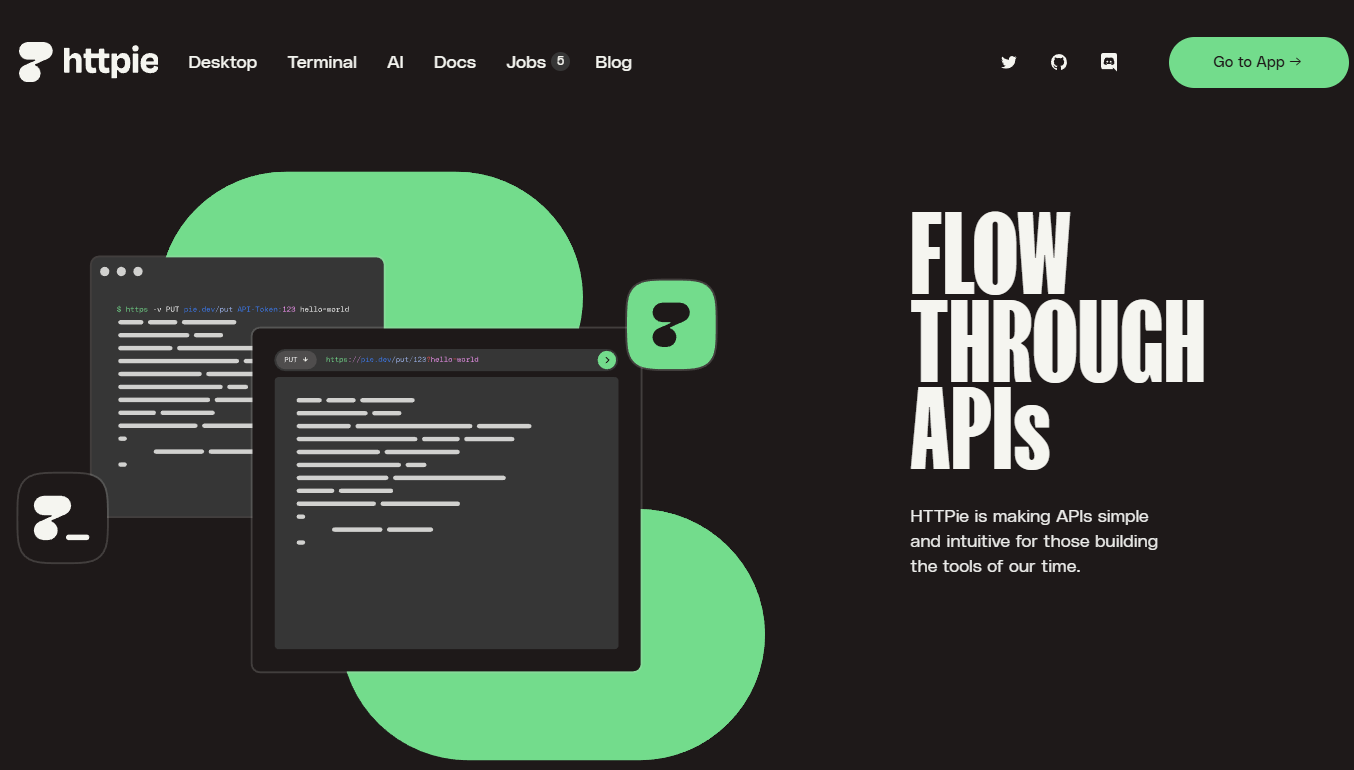
HTTPie brings collaboration to the command-line interface, appealing to developers who live in their terminals.
Collaboration features:
- Team Accounts: Manage team members and their access levels from the command line.
- API Collection Sharing: Share and synchronize API collections across your team.
- Environment Management: Manage and share environment variables and configurations.
- Integrations: Connect with your existing CI/CD pipeline and development workflow.
Best for: Developer-heavy teams that prefer working in the terminal and want to integrate API collaboration into their existing command-line workflows.
9. Mockoon: The Mocking-First Collaborator

While primarily a mocking tool, Mockoon has evolved to include collaboration features that make it valuable for teams.
Team collaboration capabilities:
- Shared Mocking Environments: Create mocking environments that can be shared across frontend and backend teams.
- Template Library: Share and reuse mocking templates across your organization.
- Team Workspaces: Organize your mocking setups into team workspaces with proper access control.
- API Design Integration: Import OpenAPI specifications to generate consistent mocks.
Best for: Teams that need robust mocking capabilities and want to ensure consistent mock data across different teams and projects.
10. ReadyAPI: The Enterprise-Grade Collaborator

From SmartBear (the company behind SoapUI), ReadyAPI offers enterprise-grade features for teams working on complex API projects.
Enterprise collaboration features:
- Advanced Role Management: Sophisticated permission systems for large organizations.
- Integration with CI/CD: Deep integration with popular CI/CD tools for automated testing.
- Performance Testing: Collaborative performance testing capabilities alongside functional testing.
- VirtServer: Create virtualized API environments for testing and development.
Best for: Large enterprises with complex API ecosystems that need robust security, compliance, and integration features.
Choosing the Right Tool: A Decision Framework
With so many options, how do you choose? Consider these factors:
Team Size and Distribution:
- Small co-located teams might prefer simpler tools like Insomnia or Bruno
- Large distributed teams need robust solutions like Apidog or SwaggerHub
Workflow Preferences:
- Design-first teams will appreciate Stoplight or SwaggerHub
- Code-first teams might prefer Postman or HTTPie
- Teams wanting an integrated approach should consider Apidog
Budget Constraints:
- Open-source options like Bruno offer great value
- Apidog provides a generous free tier with strong collaboration features
- Enterprise tools like ReadyAPI come with enterprise pricing
Technical Expertise:
- Mixed teams might prefer visual tools like Stoplight
- Developer-heavy teams can handle more technical interfaces like HTTPie
The Future of API Collaboration
The trend is clear: API tools are becoming more collaborative and integrated. We're seeing:
- Tighter Git Integration: API designs treated as code with proper version control
- AI Assistance: Smart suggestions for API design and automated testing
- Real-time Collaboration: Multiple team members working simultaneously on API projects
- Cross-tool Compatibility: Better interoperability between different API tools
Conclusion: Collaboration is No Longer Optional
In today's global development landscape, API tools must do more than just test endpoints — they need to facilitate communication, enforce standards, and keep distributed teams synchronized. The tools we've explored represent the best of what's available for collaborative API development.
While each tool has its strengths, platforms like Apidog stand out by offering a unified approach that brings design, testing, and documentation together in a collaborative environment. This eliminates the friction that often occurs when teams use multiple specialized tools.
The right collaborative API platform can transform your team's workflow from a series of handoffs into a continuous, synchronized process. Whether you choose Apidog or another tool from this list, the important thing is to choose a platform that grows with your team and adapts to your collaborative needs.
Ready to improve your team's API collaboration? Download Apidog for free and see how a unified platform can streamline your API workflow across timezones and team boundaries.
